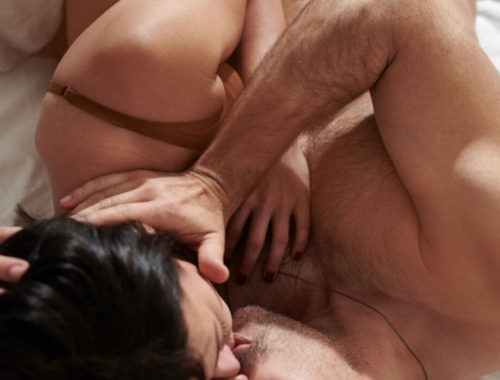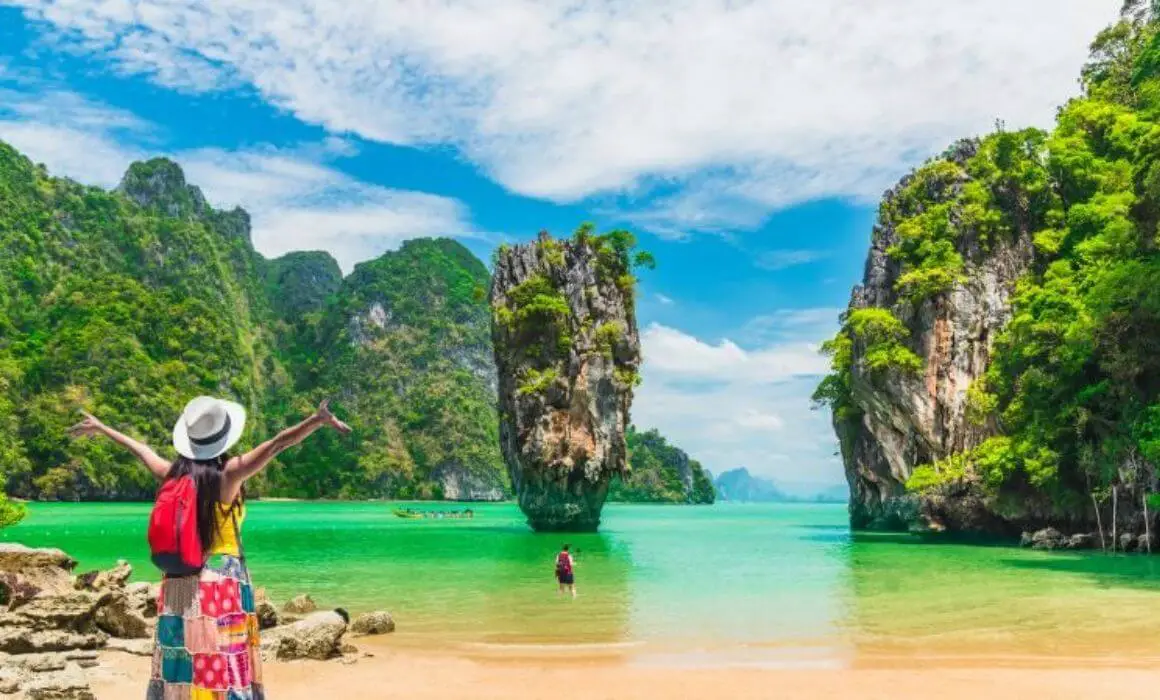
The Ultimate Packing List for Southeast Asia (With Checklist)!
This post may contain affiliate links, which means I’ll receive a commission if you purchase through my links, at no extra cost to you. Please read full disclosure for more information.
Deciding what to pack for a long trip to a foreign country can be unnerving, especially if you’ve never travelled anywhere before. I’m excited to share my uber-researched packing list for Southeast Asia (or any other tropical climate) which contains what many travellers consider the “essentials” as well as an extensive list of “options” that you can consider bringing if you have the space or inclination.
I admit it: this is a lot of reading, and a lot to remember. I made a free printable checklist you can use to help narrow down what you consider your necessities and what you’d like to bring, to help make sure you have everything you want for an awesome trip!
I’ve never been on a long trip to Southeast Asia, and I needed to know what to buy and pack for our upcoming trip. Luckily, I’m an obsessive research nerd who likes to be prepared for as many possibilities as I can, so I can be as comfortable as possible!
I spent countless hours researching countless blogs to learn the commonalities among all the “ultimate packing lists” and the reasons why each item is considered necessary. Then I spent more hours researching the actual supplies we’ll need for our 6 to 7 month trip to a tropical climate. As a result, I’m very proud and confident of this packing list, and hope you find it helpful!
So read on to find out what you need for an essential packing list for Southeast Asia.
Table of Contents
- Packing and Organization
- Clothing
- Electronics
- Health and Beauty
- Papers and Documents
- Miscellaneous Stuff to Bring
- Apps, etc.
- Conclusion
Packing and Organization
Backpack vs Suitcase
Wayne and I never really debated this, as we knew from the start that we wanted to try to be as minimalist as possible and keep as mobile as possible; for us, backpacks are the way we want to travel. We don’t want to worry about the weight of a larger/heavier suitcase or the possibility of wheels breaking off a roll-away.
We decided to get smaller backpacks than we would if we were solo-travellers for 2 reasons: (1) we can sort of split the load between us, and (2) we want to be able to go carry-on as much as possible (as opposed to checking our bags).
I did do a pile of research and absolutely love the website www.packhacker.com to compare backpacks. They have very comprehensive reviews on a wide range of backpacks.
Eventually, we both chose to buy Eagle Creek Global Companion 40L (Wayne bought the unisex, I bought the women’s fit). We love the suitcase-style opening which gives you the ability to ultra-organize and actually see all your stuff at once instead of having to dig through the whole bag. The Global Companion has an attached rain cover, so I don’t have to buy one separately and then store it. It also has a waterproof storage area (for shoes, rain jackets, etc) underneath.
I got Wayne’s backpack from Amazon on sale, and I found mine on sale at Canada Luggage Depot. I actually received the wrong backpack originally (Unisex instead of Women’s) but the customer service was stellar! The replacement arrived (with a handwritten apology and gift! How often does that happen?!) just a couple of days later, so I would definitely recommend them.
Packing Cubes
And what are packing cubes, you ask? Only the best organizational packing method EVER, I answer!
Seriously, though, they are.
Packing cubes are small zip-up fabric pouches to organize, pack and store your stuff so you can actually find what you’re looking for because you know where you packed it! They come in different sizes, colours and weights (if you’re trying to keep your weight down and every oz counts) so you can fit them like a puzzle in your suitcase/backpack and organize literally *everything*. I’d probably use them in a grocery bag to organize my stuff, I love them that much.
Have you figured out yet that I like organization? It makes life less stressful. Anyway, I digress.
We chose the Eagle Creek brand of packing cubes because they’re highly rated and we found a sale. I got a couple of their Pack-It Specter Compression Cube Sets (which have a wrap-around sort of zipper which compresses the pack to a smaller size) for our clothing. And I bought some Pack-It Cube Sets which have more varying sizes for all our other stuff.
I love these things so much!
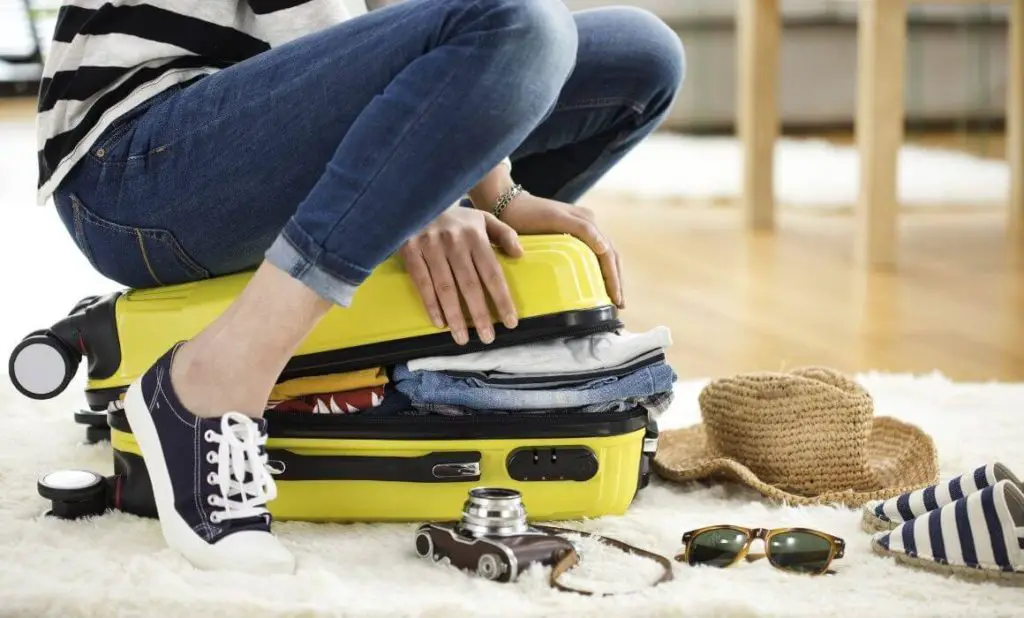
Misc. Safety/Protective Organization
Sorry, it was hard to come up with a heading for this sub-category, but it’s fairly important. There are two things to consider when it comes to protecting your stuff: crime prevention and waterproofing.
Crime Prevention
I won’t get into too much detail here, because it really depends on how much you worry about your belongings and your comfort level concerning theft.
You’ll need a couple of combination padlocks (not keyed…keys are too easy to lose!) for lockers, safety boxes, and to lock your zippers together. At least one of your padlocks should be a cable type so you can be sure it’ll fit into any size locker.
A cable wire is good to either lace your bags together or to attach them to a stable pole etc. when you’re in transit.
Some people just aren’t comfortable leaving their bags or valuables unprotected in their room and prefer to take extra safety precautions. The company Pacsafe has you covered! They offer a backpack & bag protector (different sizes are available) to wrap around your bag/suitcase and secure it to an immovable object. They also have a variety of portable safes to help secure your electronics/small valuables; we purchased ours at Sail.
There are also loads of clothing options that contain secret/hidden pockets for hiding valuables and extra money on you when you’re out and about; here’s a cash belt that has a zippered pocket to hold cash.
We also bought a FlipBelt for Wayne to wear, which will hold our passport and some extra money; after we see how hot it feels against his body in a humid climate, I’ll come back and update this post!
You can get purses that are slash-proof and have security zippers if you’re in an area prone to pickpockets, but be aware that these purses can be a bit heavy; two trustworthy brands are Pacsafe and Travelon. Here’s my travelon; I absolutely love it … check out all the pockets!
Waterproofing
You have a lot of very important documents to carry which need protection, along with your expensive electronic equipment. It doesn’t cost a lot or take a lot of effort to protect these.
It also only takes a moment to have them soaked in an unexpected downpour, or to have a wave wash over the boat and ruin them (this actually happened to at least a couple of bloggers who I follow). Take a moment and protect your belongings.
Simple Ziploc bags are great for your documents and paperwork, and serve the purpose of both organizing and protecting them.
You can get a dry bag to protect your electronics, especially when you’re on the water (and it can double as a washing machine)!
When you’re swimming or kayaking or whatever and want to bring your phone/passport etc. with you, you can use a small waterproof pouch like this; apparently, you can also take photos through the plastic with your phone, but we haven’t tried that with ours.
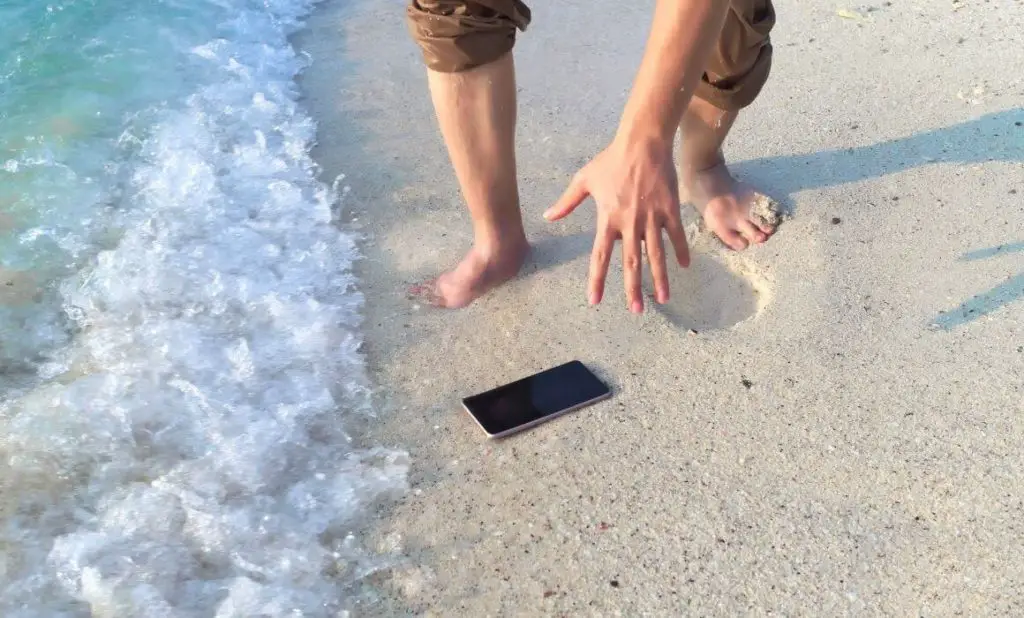
Miscellaneous Organization
You can use zip ties or velcro cable ties to organize your cables if you plan to store your small electronics in a packing cube, but I’d recommend an electronics organizer similar to this one if your budget allows (I know, again with the organization)!
You should also get a lightweight, hanging toiletry bag for your toiletries; the one we got is a bit heavy and I may yet replace it.
Cheap shower caps are great to put around your shoes to keep them together and away from your clean clothes.
Depending on what liquids you’re bringing you may or may not want silicone travel bottles. If you do bring any, make sure they’re under 100 mL.
Don’t forget the basics like toothbrush covers, soap holders, and soap savers; the soap savers are great at helping your soap or shampoo/conditioner bars dry out instead of getting soggy. I even use mine at home!
I also highly recommend you bring a small packable daypack for day trips; they’re very light, take up very little space, but still let you bring everything you need for the day without lugging your big backpacks around.
Clothing
For all of my life, the only criteria I placed on buying clothes was comfort and price; that’s still applicable, but when shopping for our long trip to Southeast Asia I also had to consider the culture.
In general, the countries in Southeast Asia are more conservative than North America, although this seems to be slowly changing. On the whole, though, people still seem to show less skin than we’re accustomed to, especially when you consider the humidity! Also, many temples require that you wear clothing that covers the shoulders and knees, sometimes even the ankles.
Personally, I don’t like to make people uncomfortable, and I want to be able to go anywhere without borrowing or buying clothes (or running home to change) so I chose some clothes that are more modest than I’d probably pick otherwise.
Along with the culture, you have to consider the weather. For a humid climate such as Southeast Asia, try to choose more natural fabrics such as linen whenever you can. A less fitted (more flowy) fit also allows more airflow and may be less sweaty. I’m prone to infections of tinea versicolor (which causes some skin discoloration) that worsens in heat and humidity (yay!) so I tried to choose less form-fitting clothes for our trip.
Lastly, be aware that it’s not hot everywhere! Some areas of Southeast Asia are cooler, so if you’re not staying planted in a warm place you’ll want at least one long-sleeved, warmer hoodie, sweater, whatever so you can layer if needed. You’ll also want some warmer clothes to wear as layers on the long plane trip since that can be quite cool.
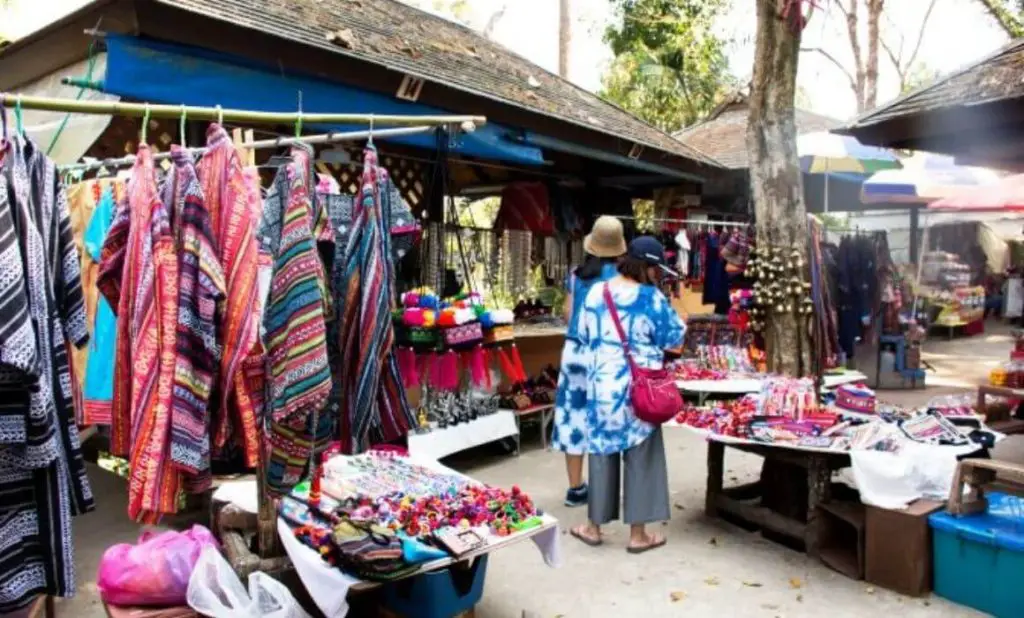
Actual Clothing Packing List
In one way, this is a very general list; how much of what clothing you pack really depends on how you’re travelling (ie/ how much you can actually bring)!
If you’re backpacking and walking a lot with your pack, you’ll definitely want to carry less. If you’re slow travelling with a couple of suitcases and not planning on trekking, you can load up! Also, the amount of clothes depends on how often you plan to do laundry … don’t bring only a couple of pairs of underwear if you’re not planning on nightly washing.
Lastly, try to get dual-function clothing if possible! Shorts that double as swim trunks, pants that zip off to shorts, reversible swimsuits … anything that can extend your wardrobe so you either don’t have to pack as many things, or can pack more of what you want.
What you do *not* want to bring is anything heavily woven that will take a long time to dry, such as denim jeans. But again, it’s a personal choice… for as many times as I’ve read that recommendation (and it makes sense logically considering the humidity), I’ve read packing lists that say to bring a pair of jeans! And there are many people in SE Asia who wear jeans.
As always, do what works for you.
Anyway, here’s my recommended clothing packing list for Southeast Asia:
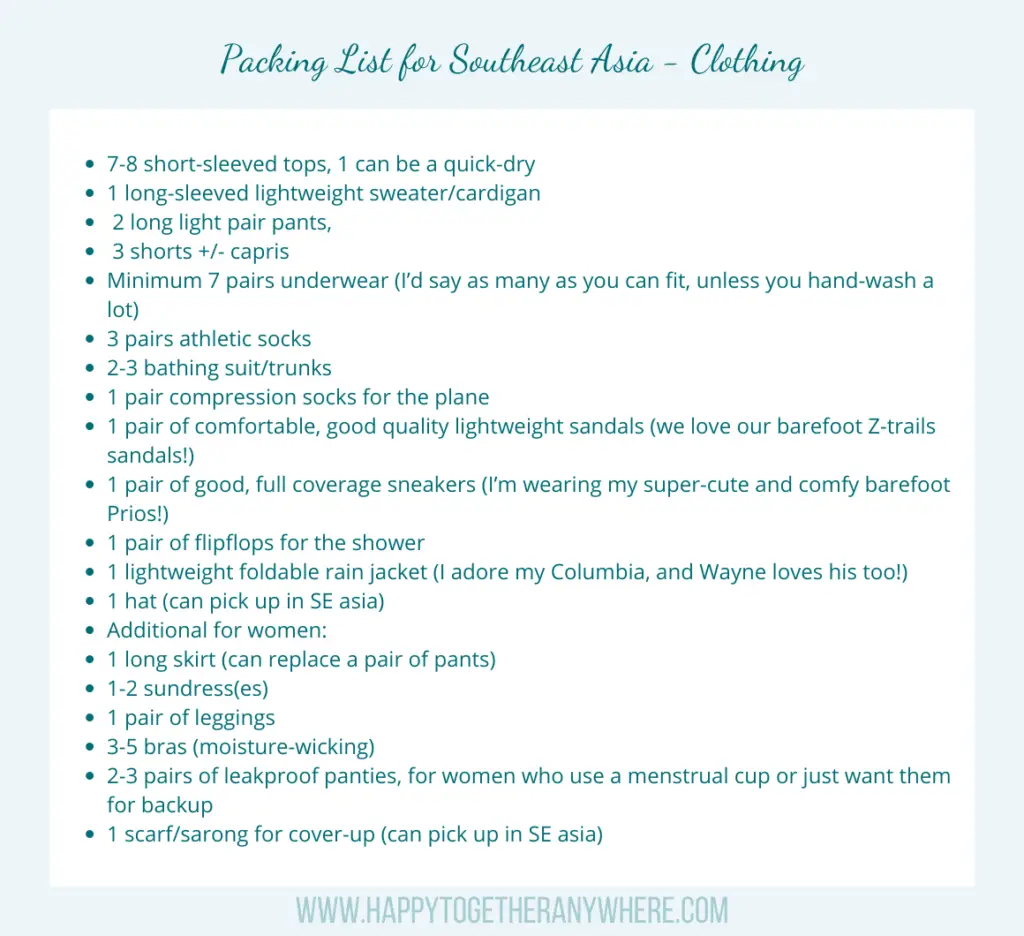
Electronics
While the major electronics you bring on your trip really depend on your lifestyle and career, I’ll go over the general travel necessities.
You’ll definitely want your phone (unlocked) and you’ll want to have some apps loaded (see the app section below).
If you need a computer for work then obviously bring it, but if it’s not 100% necessary I’d seriously consider the cons of bringing it: mainly the extra weight and the extra concern, as it’s expensive and you may worry about its safety. Perhaps you could get away with a lighter and cheaper tablet? Just something to think about.
Unless you need professional photos your phone will probably take adequate ones, except for any “adventure” photos, in which case you might want a GoPro or a similar camera. If you bring an extra camera, remember you’ll need some extra accessories which will take up more space and money.
Either way, you’ll probably want a selfie stick/tripod combo.
You’ll definitely want to bring a travel adapter and converter (get one that does both, we bought this one for Southeast Asia). Different countries have different electrical currents, and a converter will change the current so that what you plug in doesn’t die, while an adaptor fits your plug to the outlet.
Ours also functions as an extension cord and has USB ports for charging (which can be convenient, especially if you’re planning to stay in hostels where outlets can be few and far between, or inconveniently located).
A power bank is a really good idea if you have the space, for recharging equipment on the go when you don’t have access to electrical outlets.
For external storage be sure to bring at least a couple of SD cards; if you need more storage, consider a hard drive; we’re bringing a couple because we’ll be taking lots of photos and videos.
Some smaller electronics you might want to bring for entertainment include your e-reader, noise-cancelling headphones (great for airports!) and wireless earbuds. If you’re travelling with a friend/partner, a y-split would be nice for movies.
A headlamp can be really useful in hostels and on trains and buses, etc.
If you’re not bringing a full-size computer but will be typing a fair bit, you could consider a folding keyboard for typing comfort.
Depending on how fussy you are with your hair and how much space you have, you could bring a portable hairdryer or other hair styling accessories.
You’ll also need the charging cords for every electronic you bring, so double-check that you have them all!
Now you see why I’m a fan of the electronics organizer!
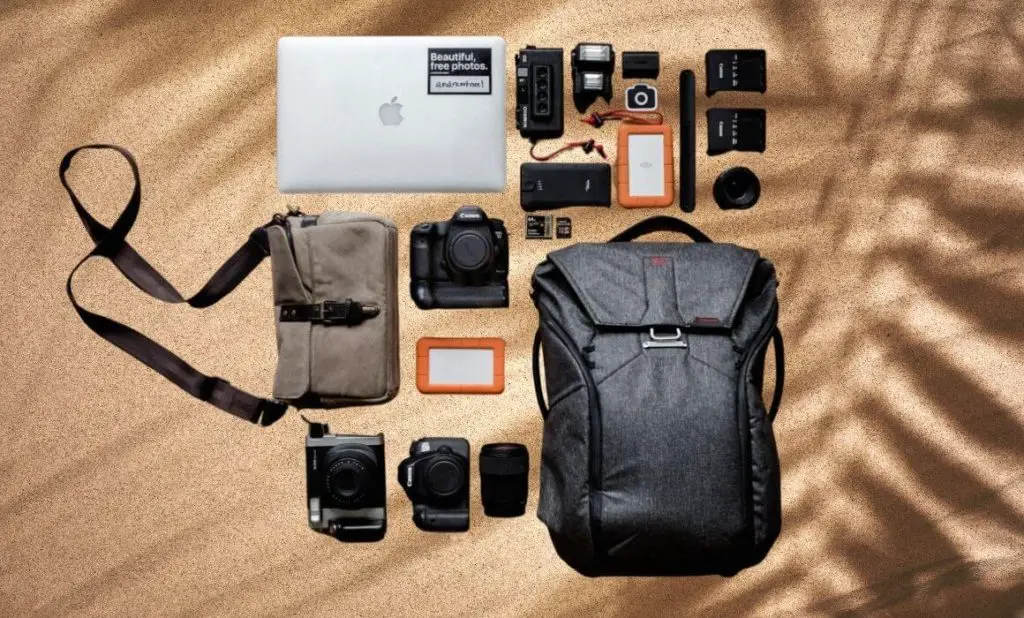
Health and Beauty
While you can certainly pick up a lot of your toiletries and medications in Southeast Asia, some may be difficult to find and/or very expensive; also you may not find a specific brand if you’re stuck on a certain one. Also, many lotions and creams contain skin lighteners/whiteners.
There are also some items that you should have on hand during your travel to your destination country, so don’t just leave empty-handed thinking you’ll buy anything you need when you arrive!
Lastly, try to pack solids as opposed to liquids whenever possible for the obvious “spill” issues, because they generally weigh less, and because of flight limitations on liquids. Many airlines have a maximum amount of total liquids they permit as carry-on, as well as a maximum mL limit per item, so definitely check rules before travel.
Toiletries
It’s a good idea to bring your own sunscreen to Southeast Asia, as it can be both difficult to find and expensive, and may contain skin lighteners.
Deodorant and face/body lotions are readily available but, again, may contain skin lighteners.
Tampons can be both difficult to find and expensive. Instead of disposable menstrual products, I highly recommend using a menstrual cup (I’ve used them for over a decade); you can read about them here. I use and love the Ladycup.
If you prefer a specific brand of razors, you might want to bring your own.
You’ll definitely want an insect repellent; we’re bringing <incognito>, an award-winning, all-natural repellent that we’ve personally tested – it works crazily well! If there are any mosquitoes around when I’m outdoors, they’ll be on me and sucking me dry, guaranteed; but with this stuff, I literally walked through *clouds* of them in a damp forest and emerged Without. One. Bite!!! While Wayne, who left one leg untreated, got bitten multiple times… but only on his untreated leg.
If you don’t want to bring repellent, you can easily find both DEET repellents and natural ones pretty much anywhere.
Shampoo and conditioner can also be picked up anywhere. However, if you’re backpacking and trying to keep supplies light, or if you’re flying a good bit and want to avoid the hassle of travelling with liquid, bring shampoo and conditioner bars. They last forever. We use and love the Ethique brand of bar shampoo and conditioners, but there are many more brands as well.
Some other toiletries you might want to pack for the trip include SPF chapstick, disinfectant (gel and wipes), soap, toothbrush/floss and paste, moisturizer, clippers/tweezers, and a hairbrush; basically, your normal bathroom and Covid necessities. And TicTacs, which aren’t exactly a toiletry, but where else could I put them?
I’m also bringing my eyelash dye since I’m blonde and my natural lashes are nearly invisible. I never wear mascara because my eyes run like mad and I look like a raccoon within hours (and that’s in Canada, a not-crazy-humid climate). I can’t imagine what Southeast Asia humidity does to makeup! Think of the humidity. Don’t bring makeup.

Medication
While you can probably pick up any medication you need when you arrive at your destination country, I advise travelling prepared! Be sure to bring any prescription medication, including birth control pills, as well as your written prescriptions.
If you’ve never heard of “traveller’s diarrhea”, you probably will; definitely get a prescription for antibiotics from your nurse when you’re getting vaccinated for the trip, and bring them! Besides antibiotics, you will want Pepto Bismol tablets, Immodium, and Hydralyte or a similar electrolyte powder to rehydrate if needed.
Some other meds to consider bringing on your trip are probiotics (to help repopulate your gut flora after a round of antibiotics), activated charcoal or ginger chews (for stomach issues and nausea), eye drops and Nasogel (you can easily dehydrate on the plane), and melatonin (a natural sleep aid). If you have allergies, bring Claritin or Benadryl.
Be sure to bring a small first-aid kit. If it doesn’t include a painkiller (like Tylenol) or an antibiotic (such as Polysporin Complete) add them. I recommend Polysporin Complete because it has lidocaine, which may keep you from scratching at itchy insect bites and infecting them.
Speaking of insect bites, I bought a neat little heat thing similar to this one. It’s supposed to help prevent insect bites from becoming itchy by neutralizing the mosquito saliva with heat. Or you can just get an After-Bite pen!
And of course, be sure to pack disinfectant gel and wipes along with face masks.
Papers and Documents
Your papers are some of the most important things you will be bringing with you; you should have the originals, as well as copies in case of accident or theft.
You need physical copies of Every. Single. Document. Really. Colour copies of all the pages of your passport, copies of your insurance, your licences. Everything. Also bring extra passport photos (in the appropriate sizes, since some countries have different passport photo size requirements). Keep a copy in each carry-on as well as in each checked bag.
Absolutely everything should also be photographed and backed up on cloud storage. Be sure to make arrangements for someone you trust to have access to this information as well.
Bring originals as well as copies (kept separate from the originals) of all the following:
- Driver’s License, home and International if you have it
- Health card
- Copies of Birth Certificate (don’t bring your original)
- Passports
- Visa
- Certificate of Entry, if needed
- Insurance
- Vaccine certificates
- Credit cards, Banking cards.
- Extra passport photos
- Prescriptions – medications and eye (for your eye prescriptions, bring both contacts and glasses if you wear both)
- Emergency contact information
Don’t forget the “short-term” documents you will need to have at times:
- Travel tickets
- Onward travel ticket
- Consulate phone number and address
- Hotel/Hostel, etc. phone and address
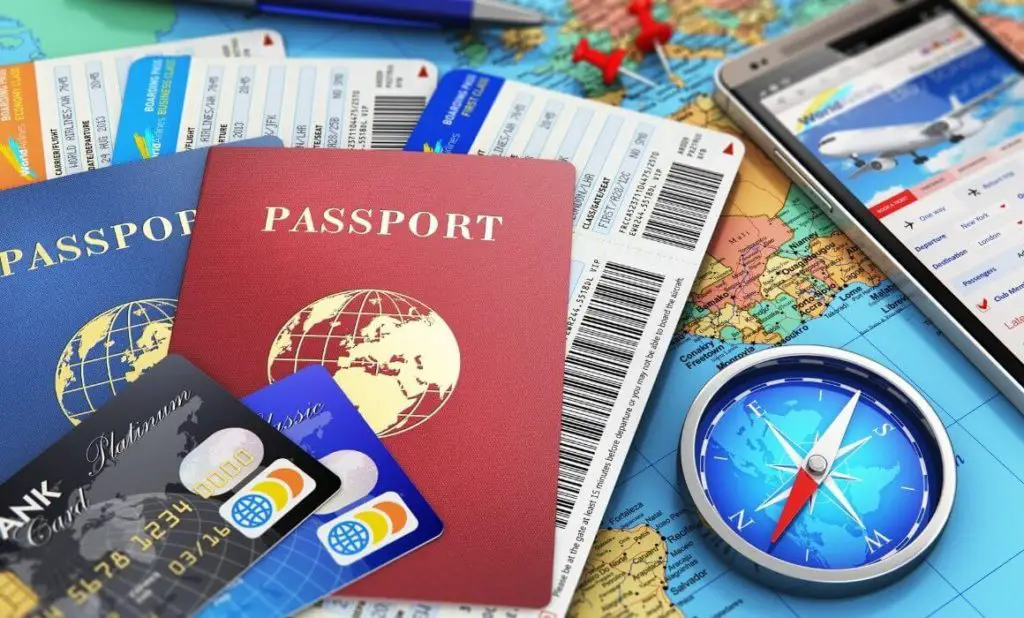
Miscellaneous Stuff to Bring
Don’t forget…
If you wear glasses, don’t forget your prescription sunglasses and eyeglass cases. The same goes for contact lenses and the accompanying solutions. Also, eye drops (which are nice for the plane, anyway), and non-prescription sunnies if you wear them.
I highly recommend bringing a microfiber towel; some hostels don’t offer towels, and sometimes you’d just rather use your own. They come in different sizes, are very light, pack small, and are incredibly quick-drying. They’re also great for drying your hair…it doesn’t get as frizzy as with a terry towel. I use mine at home.
If you want to be able to drink tap water, you can get a filtering water bottle or a Steripen. We haven’t decided to buy either of these yet, but at least if we do I’ve got the ones I want picked out)! At the very least, bring a reusable water bottle to try and help prevent more plastic waste from disposable bottles; it’s a real problem, especially in Southeast Asia.
You may want a packable shopping bag like these to keep on hand for shopping (again, plastic waste).
If you want to be able to exercise anywhere you are, you can add some resistance bands to your workout.
If you think you might be hand-washing laundry, you can either use your dry bag or buy a Scrubba wash bag if you didn’t want to use a sink. Don’t forget laundry strips, although you can use dish soap in a pinch.
Lastly, don’t forget some pens and small notebooks, and possibly a journal. And maybe a sewing kit. I haven’t needed a sewing kit in my 47 years, and have resisted buying one for our trip so far. Knowing me, though, I’ll probably get one before we leave because that’s how I roll.
Travel Comfort
A comfortable sleep mask along with earplugs can help make sure you get a good night’s rest wherever you are.
A travel pillow is nice if you’ve got the room; you can get a “real” (but small) pillow that rolls up small like our Thermarests, or an inflatable one. Side note: I only paid $16 for that inflatable pillow, but when I posted my link it’s running $50!
If your flight is long, you should honestly have a pair of compression socks. They help prevent your legs and feet from swelling…they’re not just for old people!
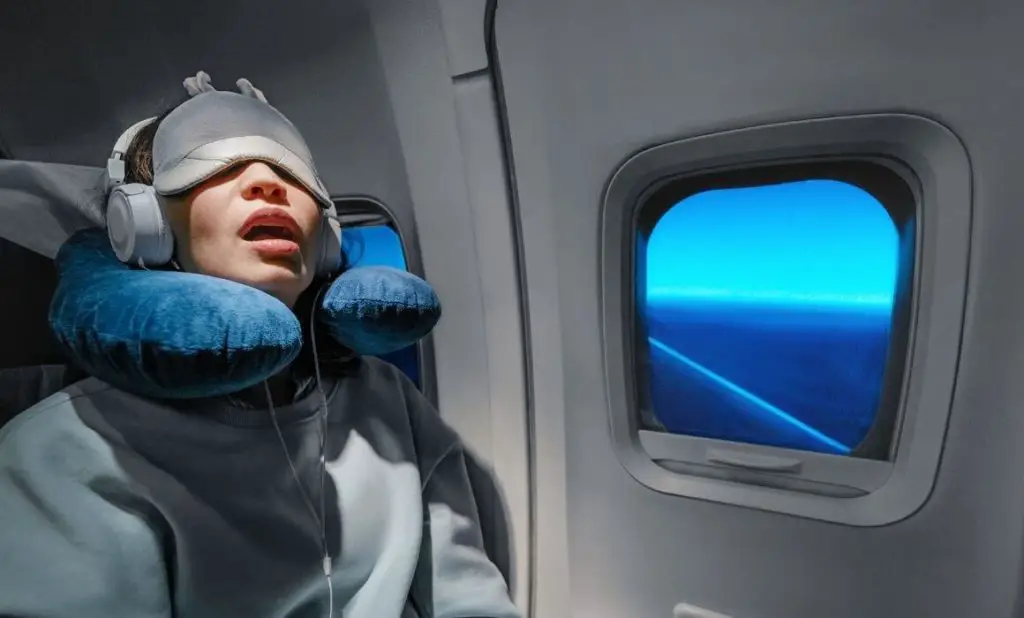
Apps, etc.
Okay, so apps aren’t technically a “packing list” item. But they’re pretty important and you should look into them, upload them and get familiar with them before you travel, so I’m adding them to my packing list for Southeast Asia!
Look into your destination country to see what rideshare/taxi apps they use and download them before you go; that way you can book a ride online and know the fare before your driver arrives.
Also, download a map of your arrival city before you get on the plane.
You should also have an easy-to-access currency converter and, of course, Google Translate.
Lastly, make sure you have the apps for your credit cards, debit cards, banks, etc.
You should also have a VPN (Virtual Private Network). VPNs protect you when you’re using public wifi in areas where hackers tend to hang out (airports, train stations, restaurants etc). They also allow you to “change” your location, so you can access your home country stuff from your home country even when you’re not there.
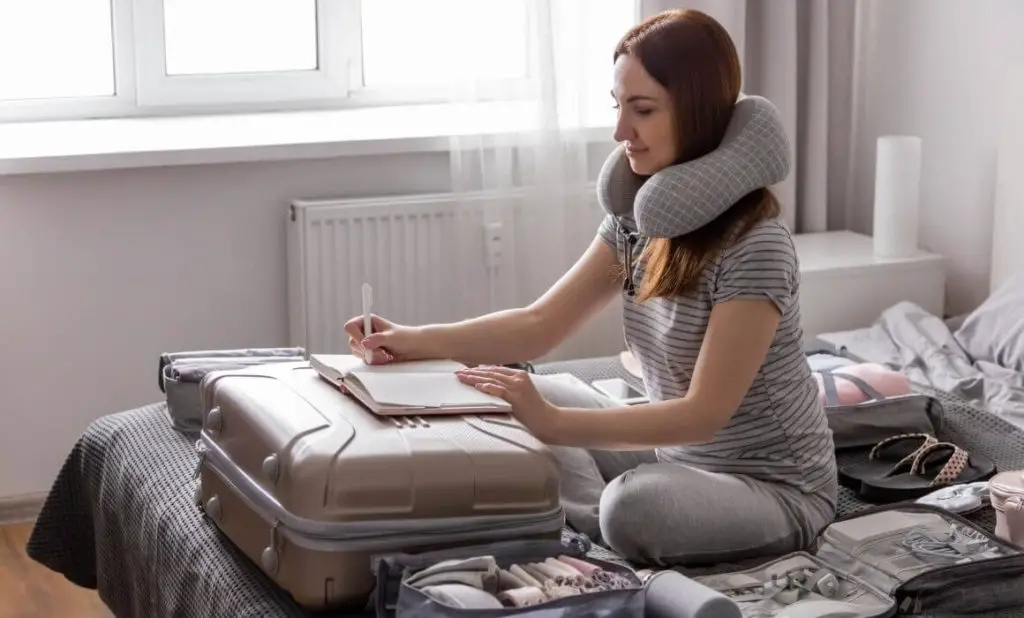
Conclusion
That’s about it! I hope you found my packing list for Southeast Asia helpful. I know it was a lot to take in, so I’ve created this free printable checklist for you to use so you don’t forget a thing. Wayne and I hope you have an absolutely amazing trip!
We’d love to hear from you! Just drop a line below or email us to let us know where you’re travelling!


